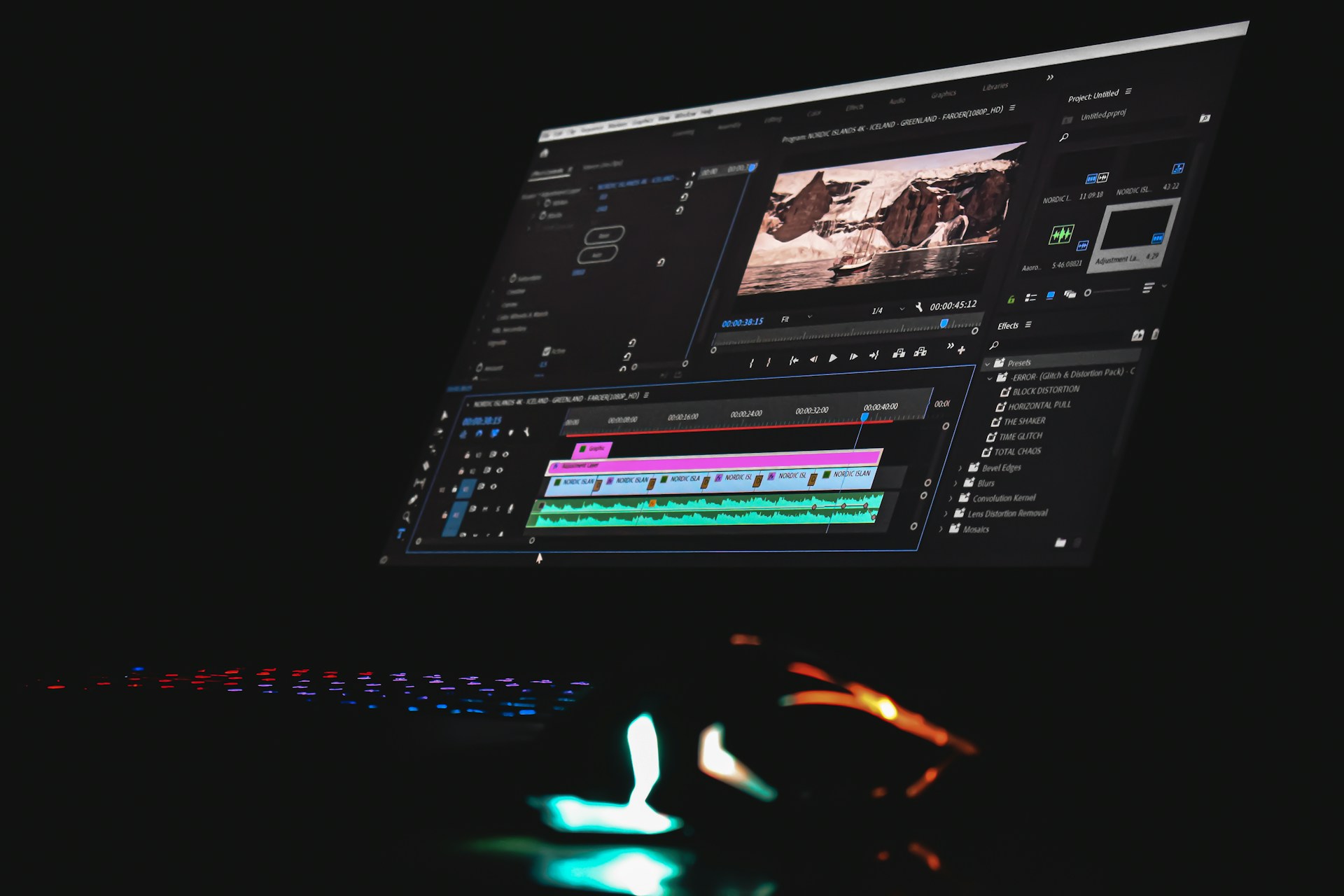Video editing is an art that transforms raw footage into a polished story, capable of captivating viewers and conveying powerful messages. With the rise of digital media, the ability to edit videos proficiently has become an invaluable skill for professionals and anyone looking to express themselves creatively. If you’re starting your journey into the world of video editing, feeling overwhelmed is normal. However, with the right approach and tools, you can start editing videos like a pro in no time. Here are six essential tips to guide you through your video editing adventure.
1. Choose the Right Software
Your choice of editing software can significantly improve your editing experience. For beginners, it’s crucial to find a balance between functionality and user-friendliness. Programs like Adobe Premiere Pro, Final Cut Pro, and DaVinci Resolve are industry standards offering extensive features. Many of these platforms provide free trials, allowing you to test them out before committing. Remember, the best software is the one that suits your specific needs and comfort level.
2. Organize Your Files
Before diving into the editing process, organize your files. Create folders for different types of media such as videos, audios, images, and graphics. Proper organization saves time and reduces stress by ensuring all your assets are easily accessible. Utilize naming conventions for your files to make searching for specific clips or images a breeze.
3. Master the Art of Cutting
Cutting is perhaps the most fundamental aspect of video editing. The goal is to keep your story moving at an engaging pace without sacrificing the narrative’s coherence. Practice the following cutting techniques:
- The Standard Cut: Moving from one clip to another for narrative progression.
- The J-Cut: Audio from the next scene begins before the visual transition, creating a smooth narrative flow.
- The L-Cut: The opposite of the J-Cut, where the audio from the current scene continues playing over the beginning of the next scene.
These cuts can help you control the rhythm and pace of your story, enhancing viewer engagement.
4. Leverage Color Correction and Grading
Color correction and grading are powerful tools in video editing. Color correction involves adjusting the white balance, exposure, and contrast to ensure that colors look natural and consistent throughout your video. Color grading, on the other hand, is the creative process of giving your footage a specific look or mood. Experiment with color settings to enhance the emotional impact of your video. Most editing software comes with preset color grades, which can be a great starting point for beginners.
5. Use Music and Sound Effects Wisely
Sound plays a critical role in storytelling, capable of evoking emotions and enhancing the visual experience. When selecting music and sound effects:
- Ensure they complement the tone and pace of your video.
- Be mindful of copyright laws; utilize royalty-free music and sound effects available online.
- Use sound levels effectively, adjusting them to ensure dialogue is clear and not overshadowed by background music.
6. Practice and Seek Feedback
Like any skill, video editing requires practice. Don’t be afraid to experiment with different techniques and tools. Seek feedback from friends, family, or online communities. Constructive criticism can provide new perspectives and ideas, helping you improve your work. Additionally, watching tutorials and studying films or videos you admire can offer insights into advanced editing techniques.
Perfecting Your Craft
Embarking on your video editing journey can be both exciting and daunting. Remember, even the most acclaimed filmmakers started with the basics. By choosing the right software, organizing your files, mastering the art of cutting, leveraging color correction and grading, wisely using music and sound effects, and continuously practicing and seeking feedback, you’re well on your way to editing videos like a pro. Embrace the process, allow yourself to make mistakes, and learn from them. With patience and perseverance, video editing is not just about cutting clips; it’s an expressive art form that brings stories to life.
